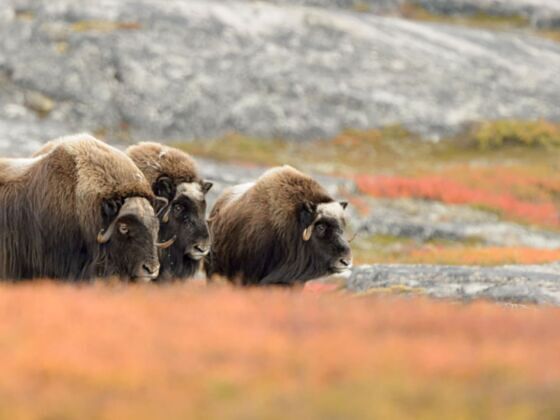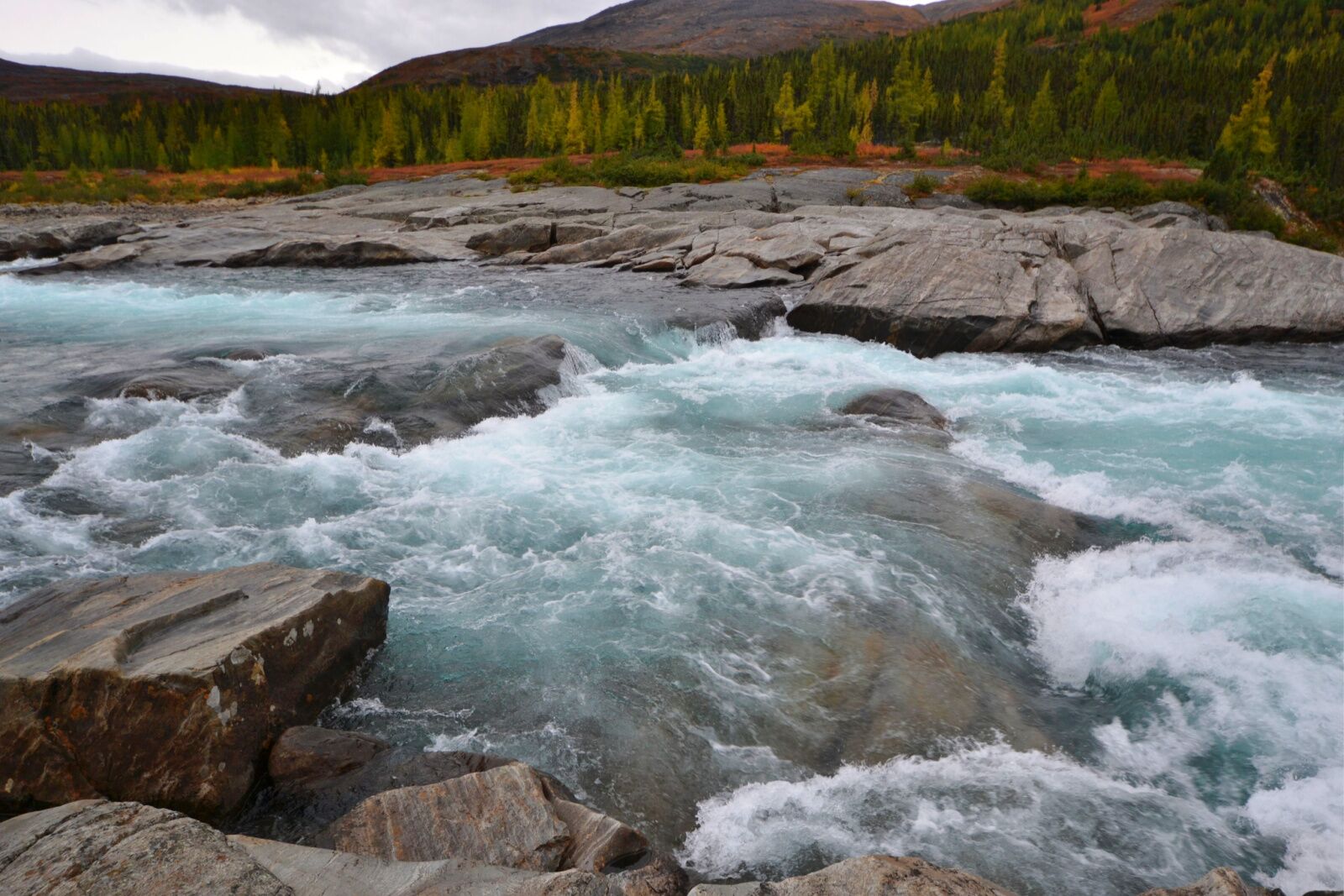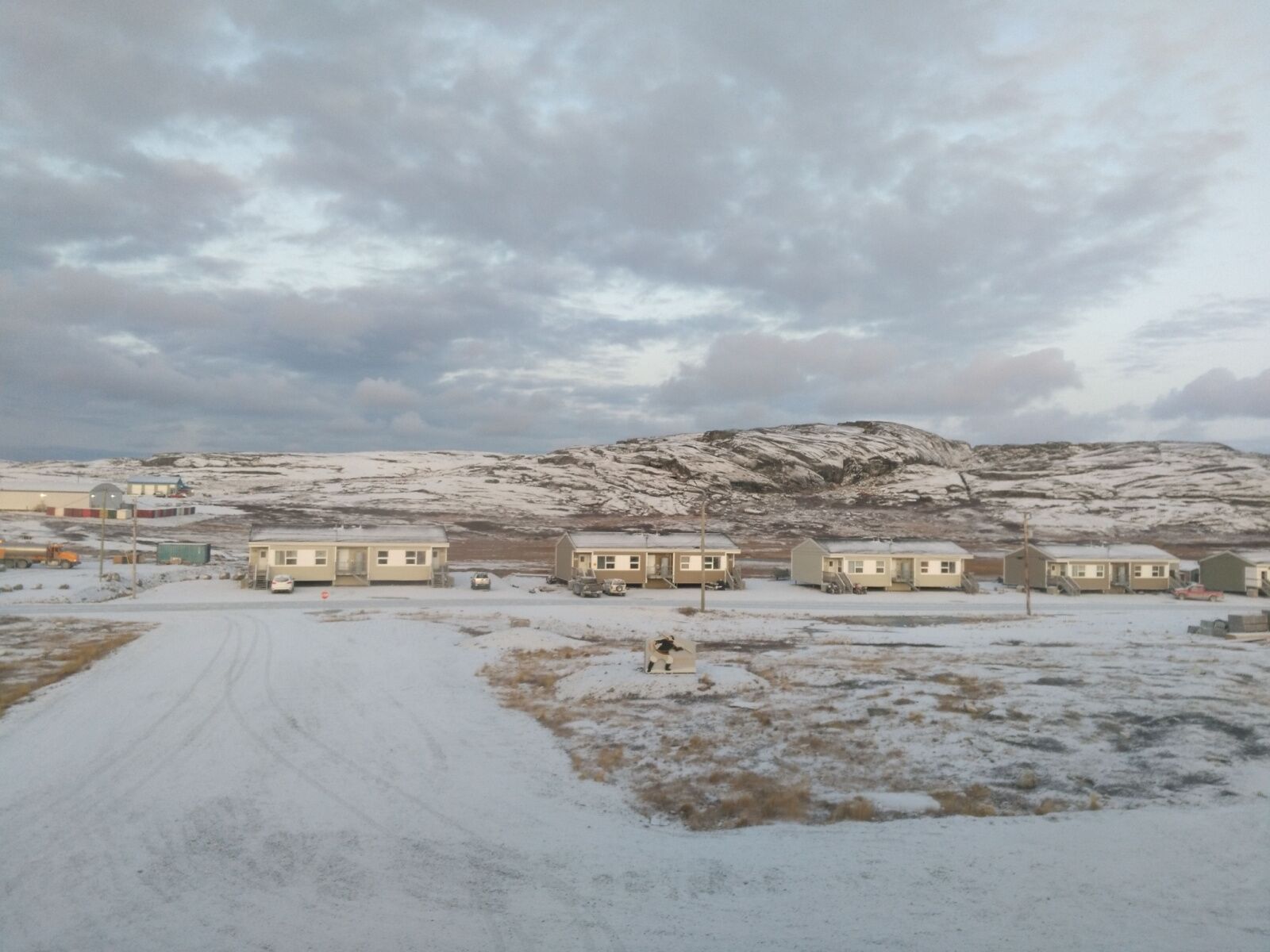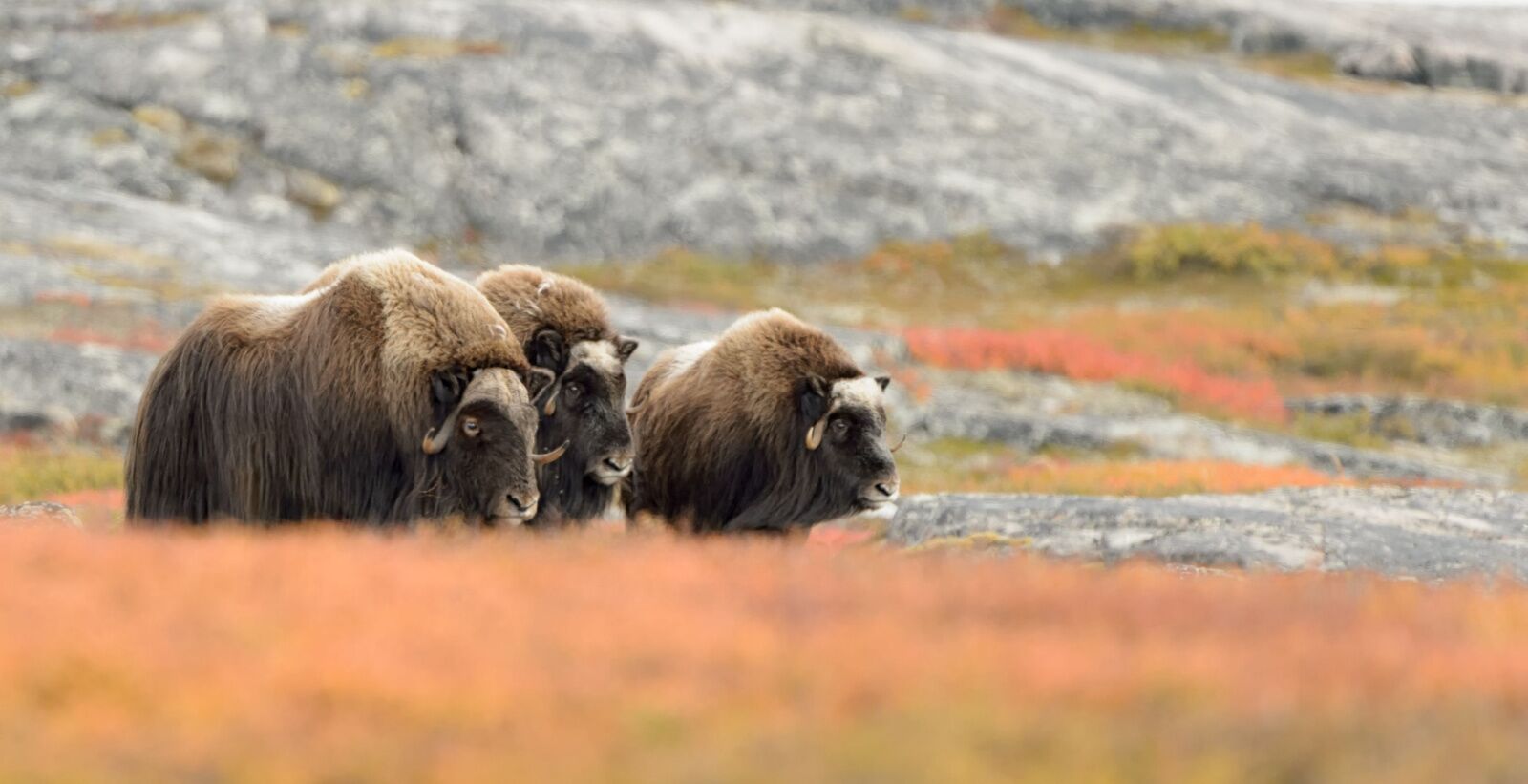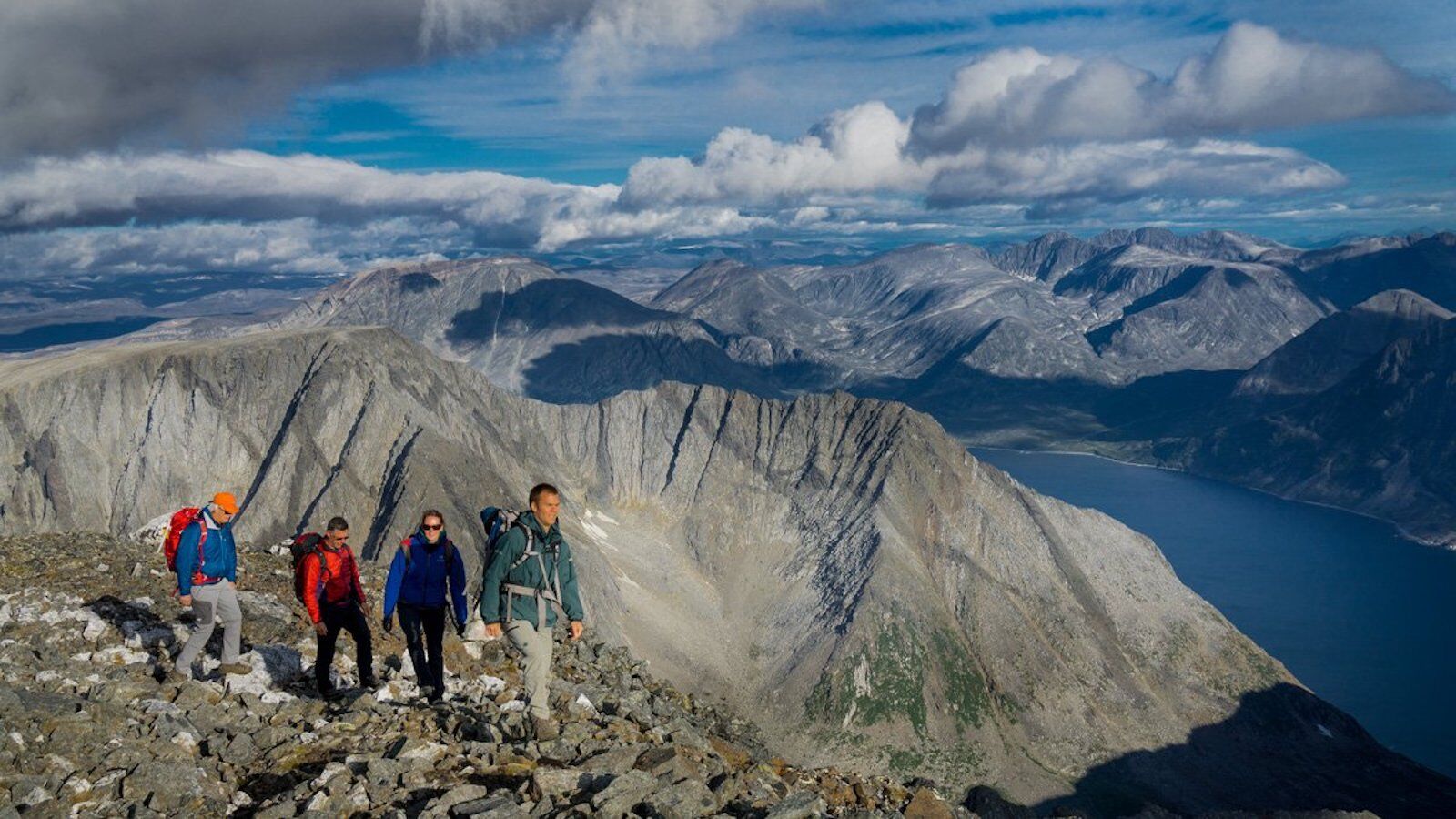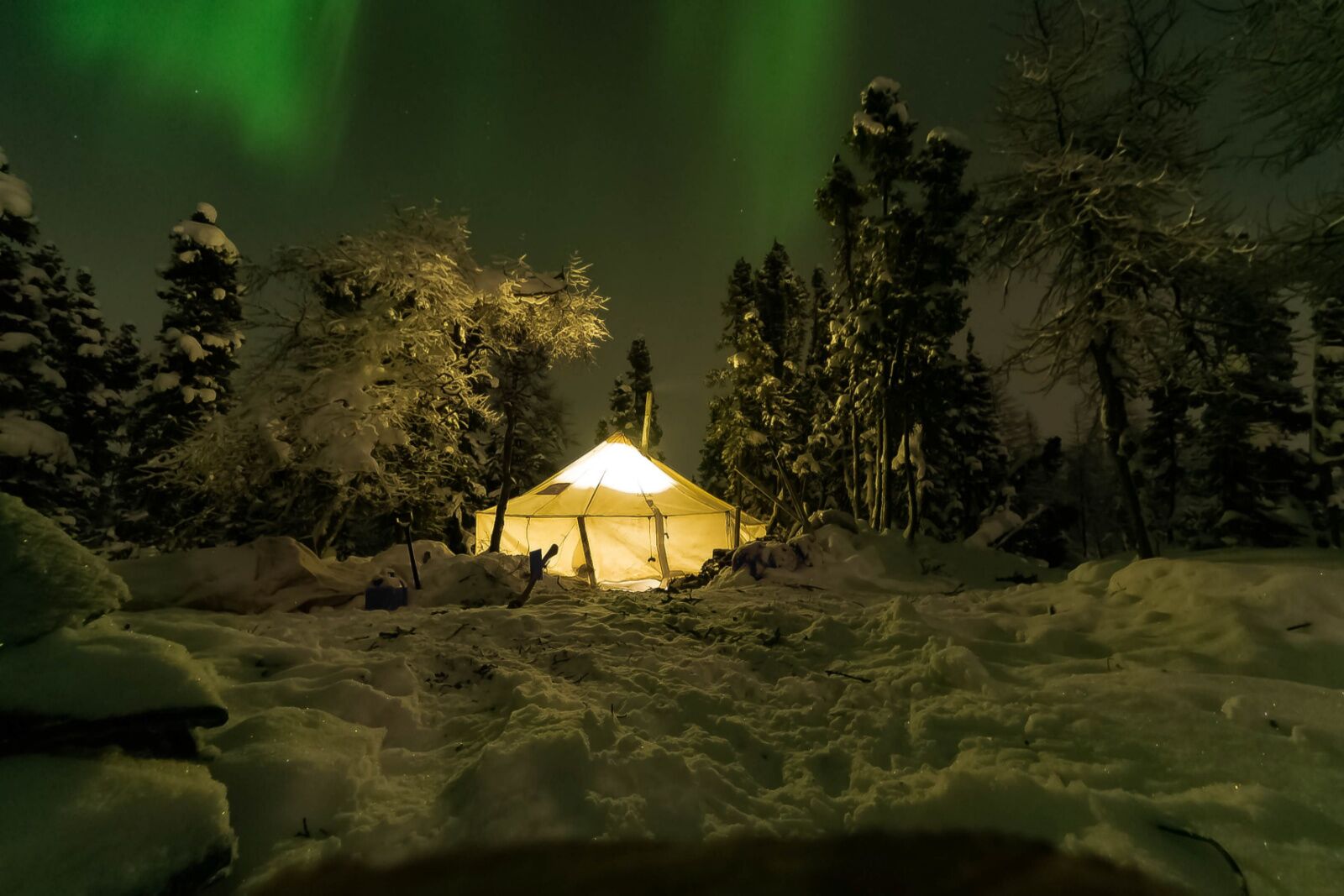Just two hours from Montreal by plane, Quebec’s northernmost region is more accessible than you might imagine. But upon arrival, the all-encompassing tundra and arctic wildlife will have you convinced you’ve traveled much further — and travel around the region isn’t exactly by superhighway.
Nunavik, which means “great land” in the area’s Inuit language, covers almost 110 million acres and is the top third of the Province of Quebec, far into the arctic north. It’s remote, and the large areas is home to only about 13,000 residents. You may also hear it referred to as “Kativik,” as most of it is part of the Kativik municipality, save for a few locally-run Indigenous regions near the coast. It’s also a completely distinctive area from Nunavut, a Canadian province further north.
